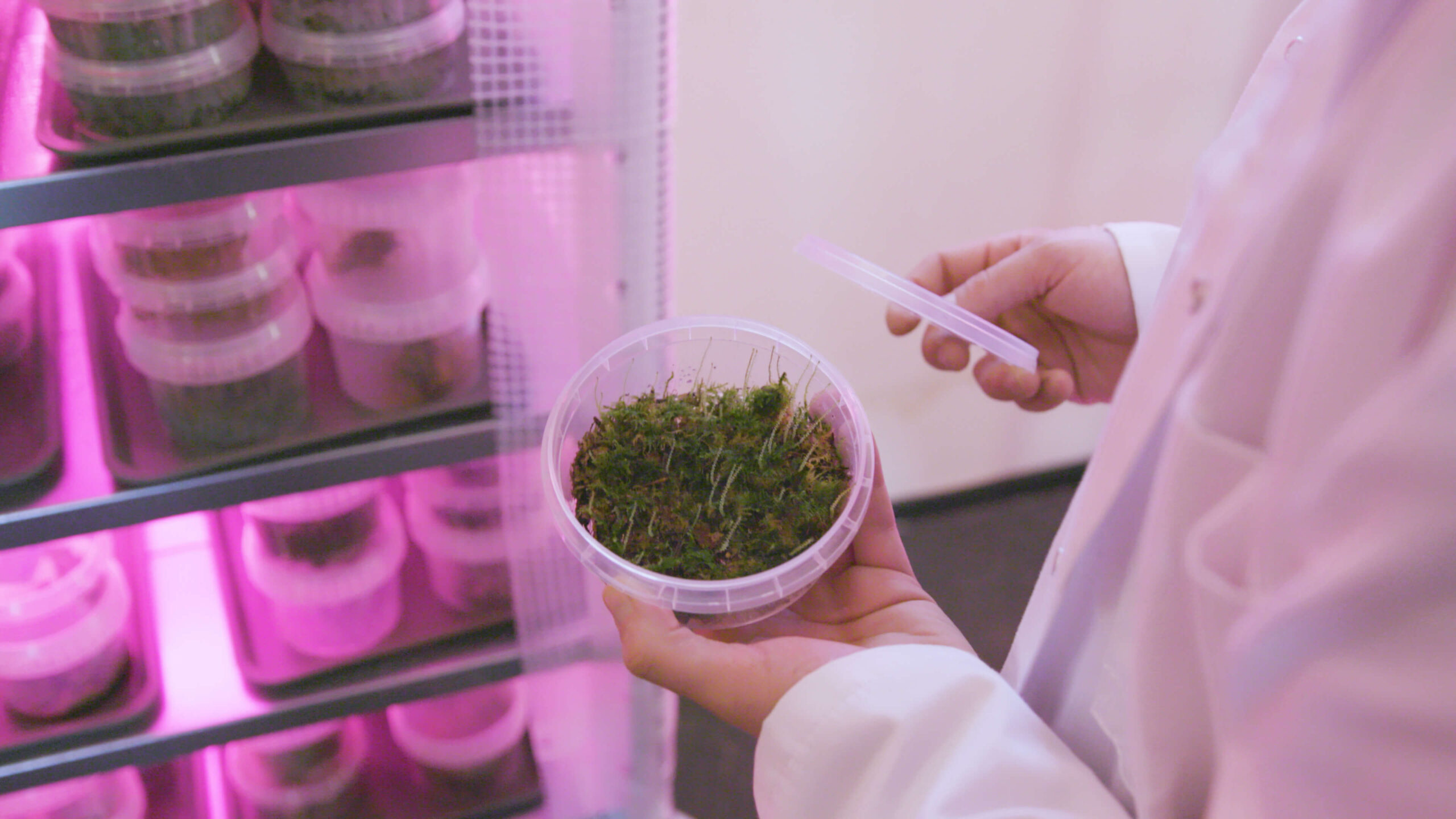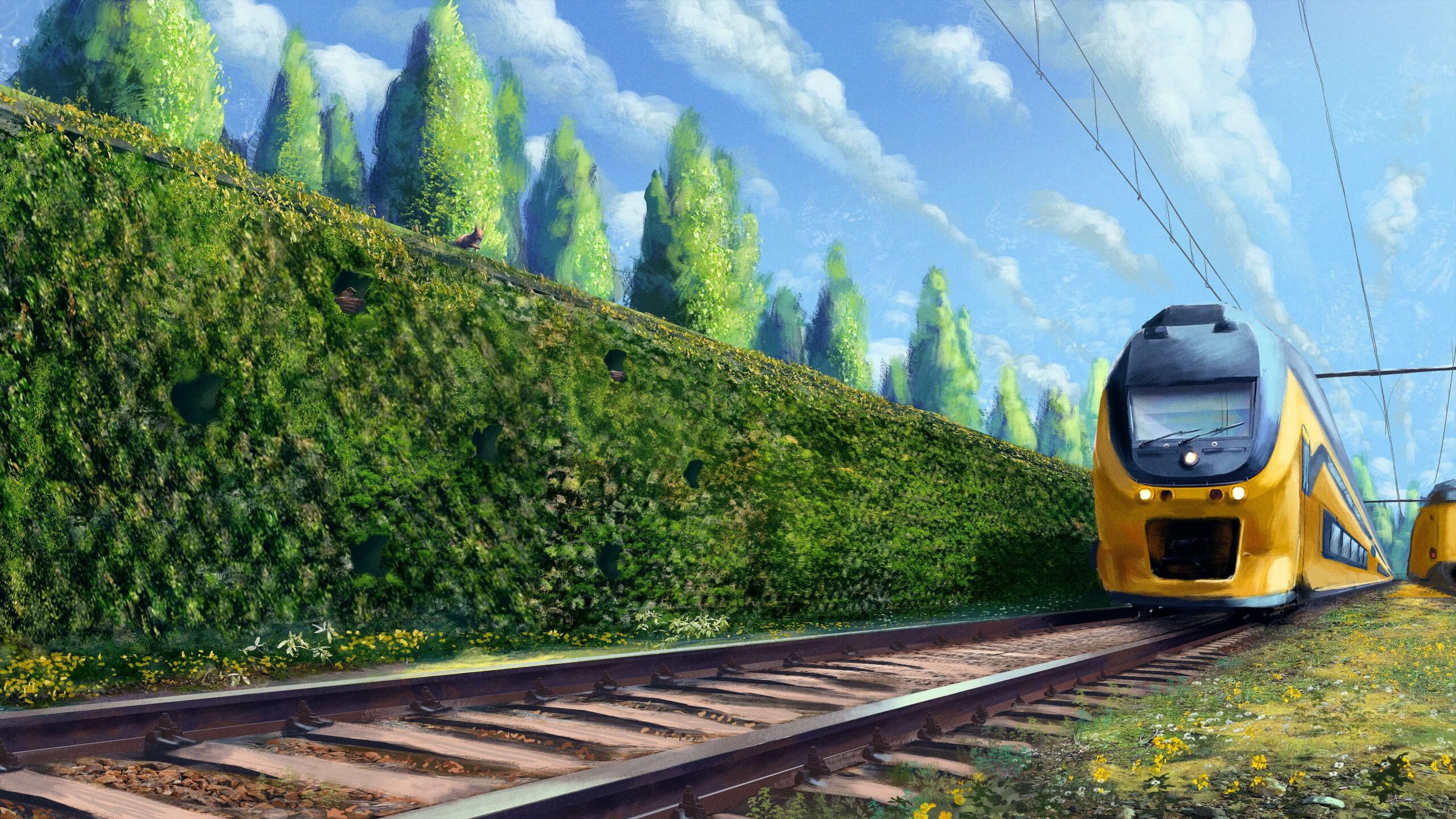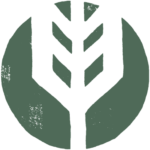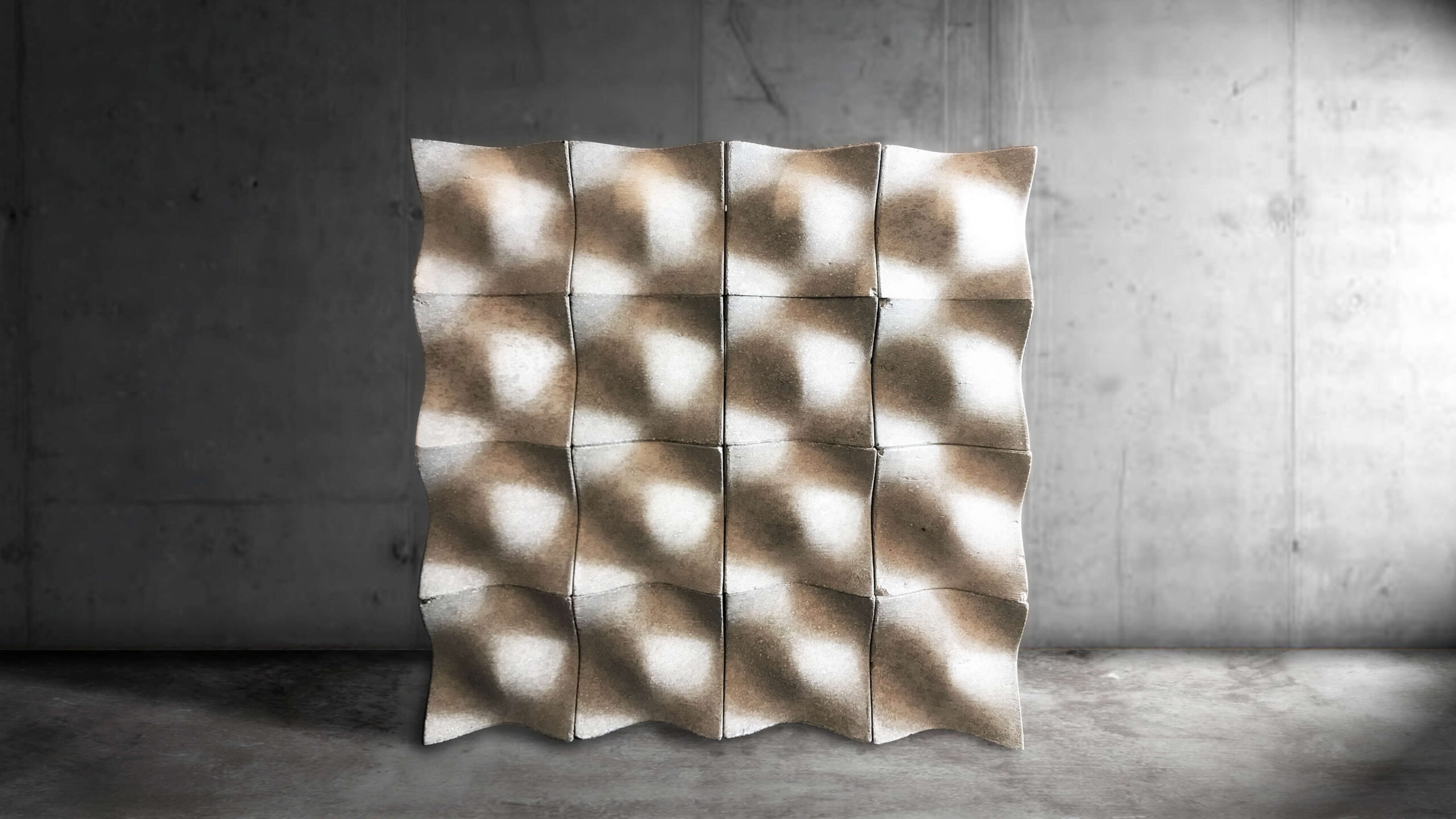Ecolve is a bioreceptive alternative to concrete. Ecolve consists of recycled materials from the traditional concrete industry which are bound together with an innovative binder that stimulates the growth of CO2-absorbing mosses. In this way the built environment transforms from gray to green. As a result, our landscape will actively contribute to the absorption of pollution, while improving its ecological value, water retention and microclimate.
Every second breath you take is produced by algae and mosses.
Made of
- Ecolve consists of 25% of an innovative bioreceptive binding agent that serves as an alternative to cement and is based on residual flows from traditional industries. This binder stimulates the growth of CO2-absorbing mosses.
- This binder is combined with recycled aggregates from the traditional concrete industry. They are currently also developing lightweight variants based on biobased materials.

Production Process
- The aggregates are extracted from the existing building stock by partners with urban mining.
- The bioreceptive binder is then assembled from raw materials.
- The whole is then cast in special 3D-printed molds made of recycled plastic. Both the material and the molds can then be recycled and reused. They are currently investigating this.
Applied
Ecolve makes every unused area in the built environment functional and contributes to a greener future. The material was previously developed for ProRail and NS, for use at stations, retaining walls and noise barriers. Over kilometers long, our infrastructure can contribute to lowering our ecological footprint. Lightweight variants are now also being developed for architectural applications. For example, green north facades can be developed that are specifically designed for growth and do not require irrigation.

Environmental impact
- Ecolve tries to reduce the ecological footprint during both production and use.
- In production, circular materials and sustainable manufacturing methods are assumed. For example, in addition to using recycled and recyclable materials, the 3D molds can be reused much more often compared to traditional wooden molds.
- In use, the material has the potential to absorb huge amounts of CO2. Previous research shows that moss absorbs about as much per m2 as an adult tree. They are currently investigating how this translates to the Ecolve panels.
- All materials have their origin from the Netherlands.
Good to know
In addition to the absorption of pollution, the material offers many advantages. By designing correctly for and with fouling, maintenance costs such as maintenance and irrigation can be reduced. In addition, the moss surfaces offer many advantages in the built environment. Mosses, for example, can absorb up to ten times their own weight in moisture and thus contribute to water retention. Their porosity also improves urban acoustics and biodiversity by creating ecosystems for small animals and insects.
Growth opportunities
Ecolve is still in full development. Crucial in this are the successful validation of biological aspects, indexation of its circularity, construction certification and scaling up of production.
The material is currently an alternative to constructive concrete and lightweight variants are being developed for facade applications based on biobased aggregates.




